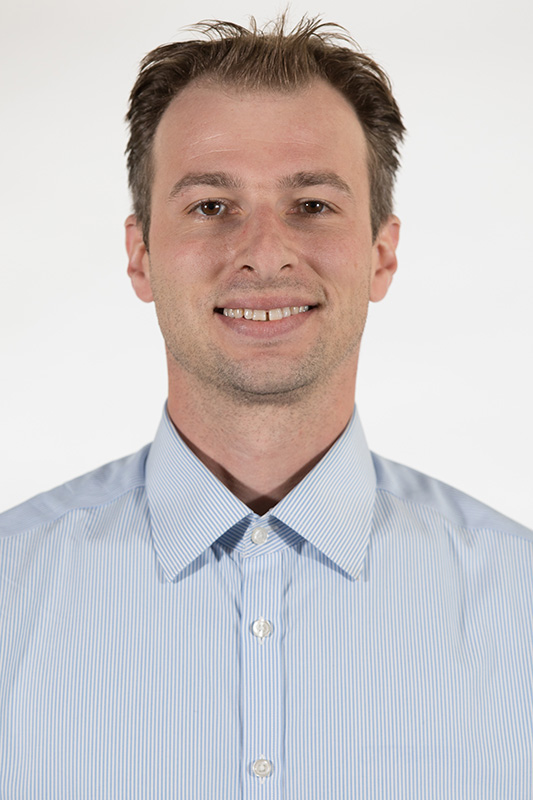
Warriors in the Community is a radio segment that features short, insightful interviews with key figures from Wayne State University about the many ways in which the university and its programs make a positive impact on the metro area and on the lives of Detroiters.
This episode spotlights guest Tim M. Dittrich, Ph.D., assistant professor of civil and environmental engineering in the College of Engineering at Wayne State University and a member of a multidisciplinary team of researchers at Wayne State University who were awarded a $3.1 million grant from the U.S. Army Corps of Engineers ERDC program to seek alternative sources of rare earth elements critical to advanced military and consumer technologies. The project, Rare Earths from U.S. Extractions – or REUSE – will focus on both basic and related applied research in science and engineering with the goal of developing a U.S. rare earth element (REE) supply chain as well as a process of handling waste streams.
Announcer: This is Warriors in the Community, brought to you by Wayne State University. And now, to learn about how Wayne State is positively impacting our communities, here's Darrell Dawsey.
Darrell Dawsey: Today, I'm joined by Tim Dittrich, Ph. D., Assistant Professor in Civil and Environmental Engineering at the College of Engineering. He's leading an effort to study potential new sources of rare earth metals and how to process them.
Welcome.
Tim Dittrich: Thank you.

Darrell Dawsey: What do you mean when you say rare?
Tim Dittrich: Basically, Earth is made up of 94 naturally occurring elements, things like oxygen, nitrogen, calcium that we hear about every day. There's a group of 17 elements known as rare Earth elements, with names like terbium, dysprosium, and neodymium.
These aren't especially rare in Earth's crust, they're just not found in concentrated deposits. For example, an iron ore may have 50 to 60 percent iron in it, while a good source of dysprosium may have far less than one tenth of a percent.
Darrell Dawsey: Why are they so important?
Tim Dittrich: Because they have many diverse and interesting magnetic, electronic, optical, and catalytic properties that are used in a lot of different high tech applications.
The first commercial use of any rare earth element was europium, which was the red phosphor in the first color TVs in the '60s. Today, the most common uses people may be familiar with are in strong and miniature neodymium magnets for tiny speakers and cell phones and magnets for large wind turbines.
Things like yttrium provide the red, green, and blue phosphors for LED light bulbs and TVs. And then things like cerium is used in catalytic converters for air pollution control on our cars, and erbium is a signal amplifier for fiber optic cables. There's a big drive to find cheaper alternatives to all applications of rare earth elements.
Uh, there are useful properties of these metals that they'll always be needed in different processes. But as soon as a new groundbreaking technique or technology is developed that needs rare earth elements, as soon as that starts, there's a motivation to start looking for alternatives and something that's more accessible and less environmentally intensive.
Darrell Dawsey: Well, Tim, thank you so much for joining us. I appreciate it.
Tim Dittrich: Thanks for the chance.
Announcer: This has been Warriors in the Community. For more Wayne State news, please visit us online at today. wayne. edu slash wwj and join us here next Monday at the same time for more Warriors in the Community.
